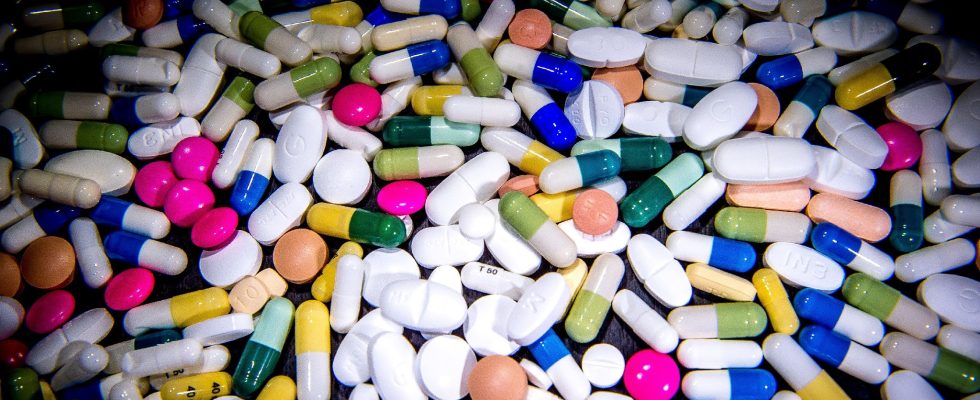“Imagine. Your kid has seizures, except when he takes Sabril. Imagine. Sabril has been out of stock for weeks and your box is soon empty. Imagine. Say, @SanofiFRcan you tell us the rest of this beautiful story?” The cry of alarm launched on Twitter by journalist Giulia Fois, whose epileptic son was deprived of his treatment, did not go unnoticed. His message was seen more than 385,000 times, the media devoted many subjects to its difficulties, and the Minister of Health François Braun ended up announcing that the molecule will join the list of critical and priority drugs, on which the health authorities have been working for several months. Giulia Fois, for her part, was able to obtain a few boxes of the treatment.
But Sabril isn’t the only hard-to-find essential pharmaceutical. Far from it, even: according to the National Medicines Safety Agency, 3,747 reports of supply tensions and stock shortages were recorded last year. More than double the declarations counted three years earlier. While the work of the government’s steering committee on the subject should be completed in the coming weeks, Leem, the laboratory lobby, has just presented its ordinance against this worrying phenomenon.
ancient molecules
A total of 24 measures, including three priorities. The establishment of this famous list of critical drugs to secure urgently. Better sharing of information between the various actors on the stocks available in the country in the event of tensions. And an increase in the prices of “mature” products to “make the economic model of the drug solvent”. The vast majority of treatments affected by ruptures are indeed old molecules. Very often marketed as generics, their prices have fallen steadily in recent years, pushing manufacturers to increasingly outsource their production.
The Leem therefore calls today for “an incentive policy to develop the industrial tool on French territory, in order to repatriate certain molecules and anticipate the future increase in demand”. Is this request legitimate? If the fall in generic prices in recent years is undeniable, it is difficult to answer this question, as the sector lacks transparency on the formation of its costs and its margins. And even if it were, will we collectively have the means?
Lack of transparency
Because while some manufacturers are demanding price increases for their old molecules, others – the same ones, sometimes – do not hesitate to charge very high prices for their latest innovations. The causes of these ever higher prices are known. On the one hand, the innovation model of the pharmaceutical industry, which today largely involves takeovers, often for astronomical amounts, of small biotechnology companies that are developing promising molecules. “Investments” that must then be made profitable. And on the other hand, our willingness to pay, since no government wants to be accused of depriving patients of access to a drug because of its price.
As our columnist Professor Alain Fischer, who chairs the Academy of Sciences this year, reminded us, “the treatment of leukemia with CAR-Ts costs around 400,000 euros, the drug treatment of cystic fibrosis around 200,000 euros per year and per patient, that of Crohn’s disease by monoclonal antibody 12,000 euros per year and per patient”. Are such high prices really justified? Again, it is impossible to answer precisely. But the question will arise with particular acuity if the treatments in development against Alzheimer’s disease end up arriving on the market. Neurologists have recently estimated that at American prices, and if all patients in the very early stages of this incurable pathology were to be treated, these molecules would alone weigh half of the budgets spent in Europe for health products.
The calculation may be exaggerated, particularly because prices on this side of the Atlantic are always lower than in the United States. But it challenges: can we collectively continue to assume ever higher prices for our treatments? While the pharmaceutical industry remains globally among the most profitable in the world, wouldn’t it be time to question our model for setting prices for innovative products? If we have to talk about drug prices, let’s talk about it. But in this case, let’s talk about the price of all drugs.
